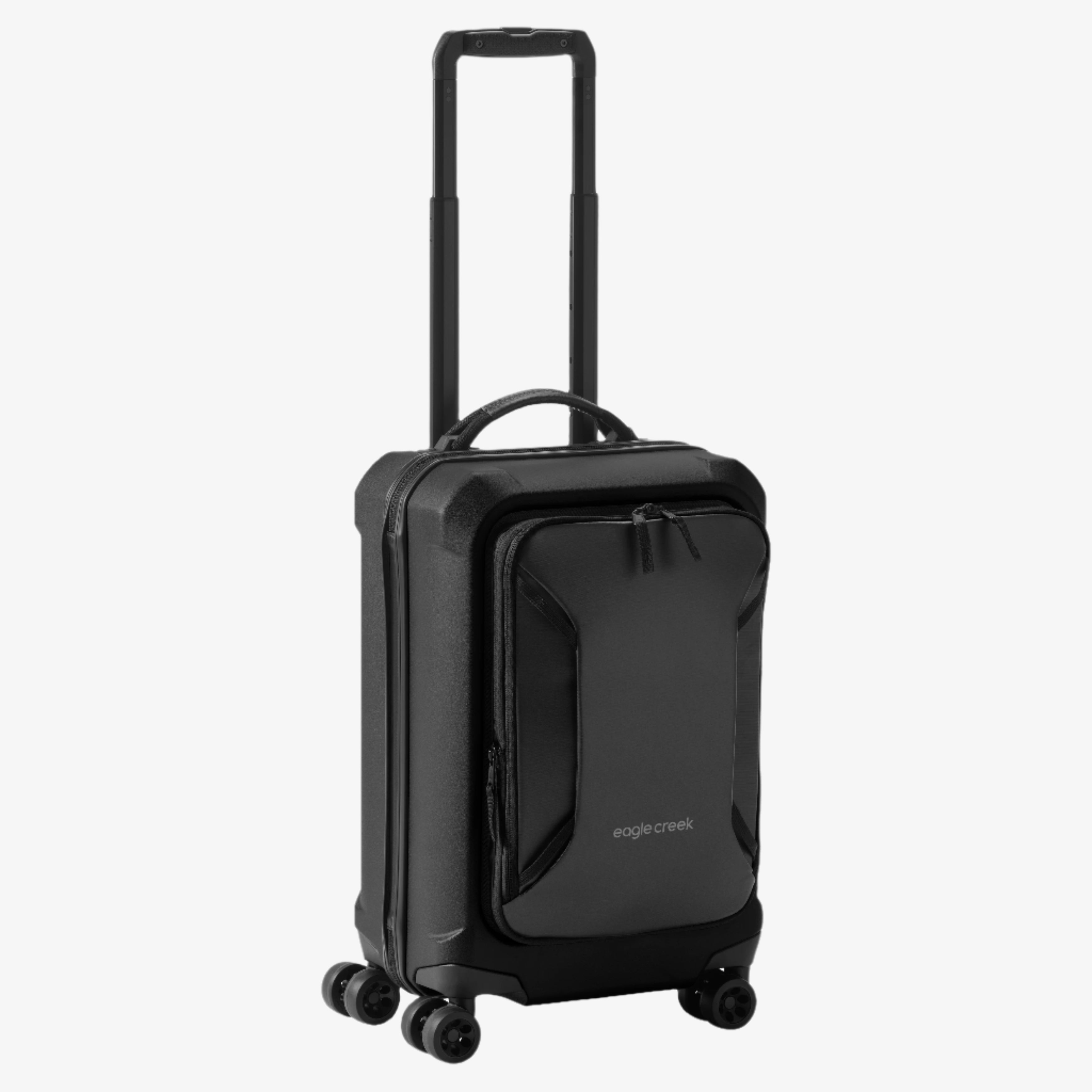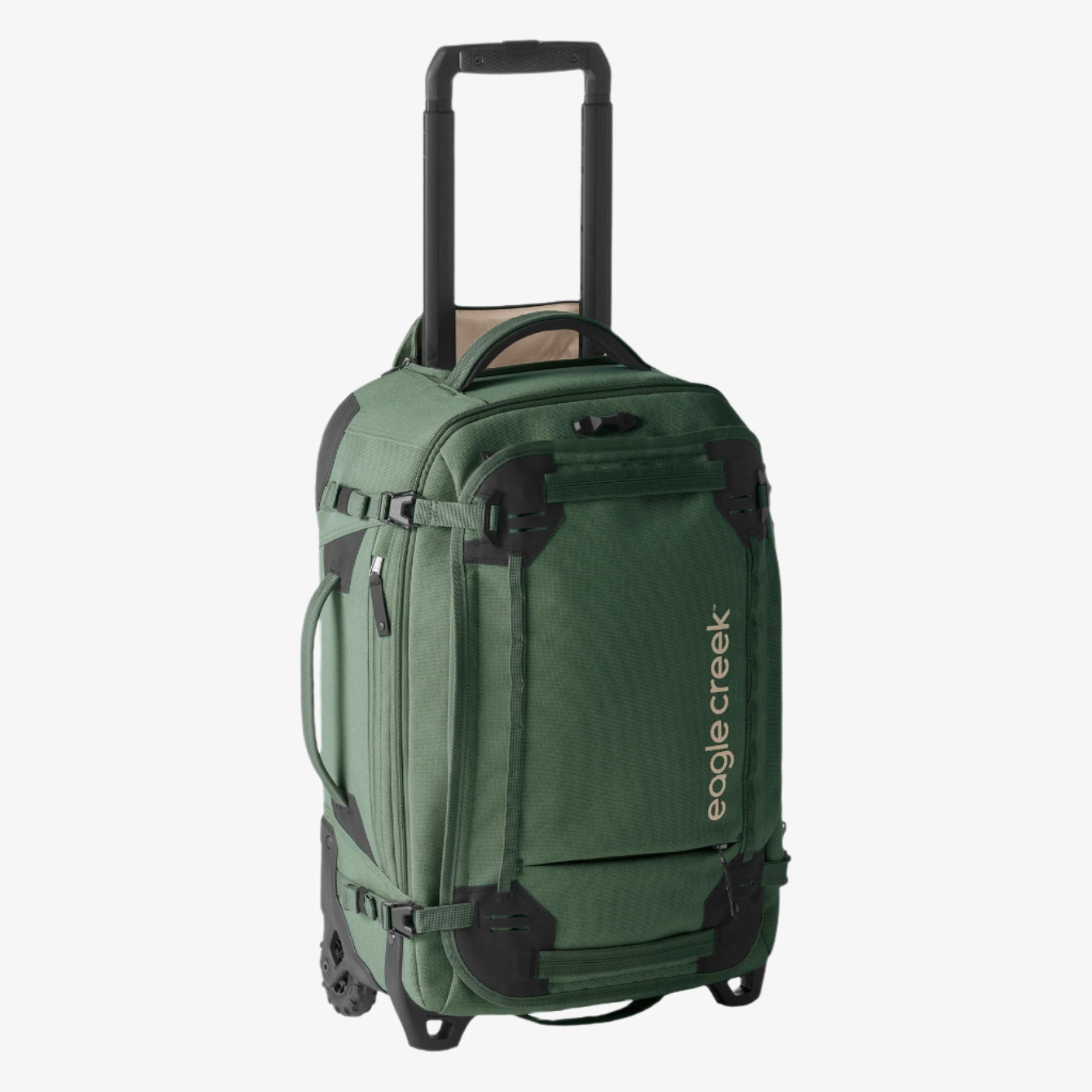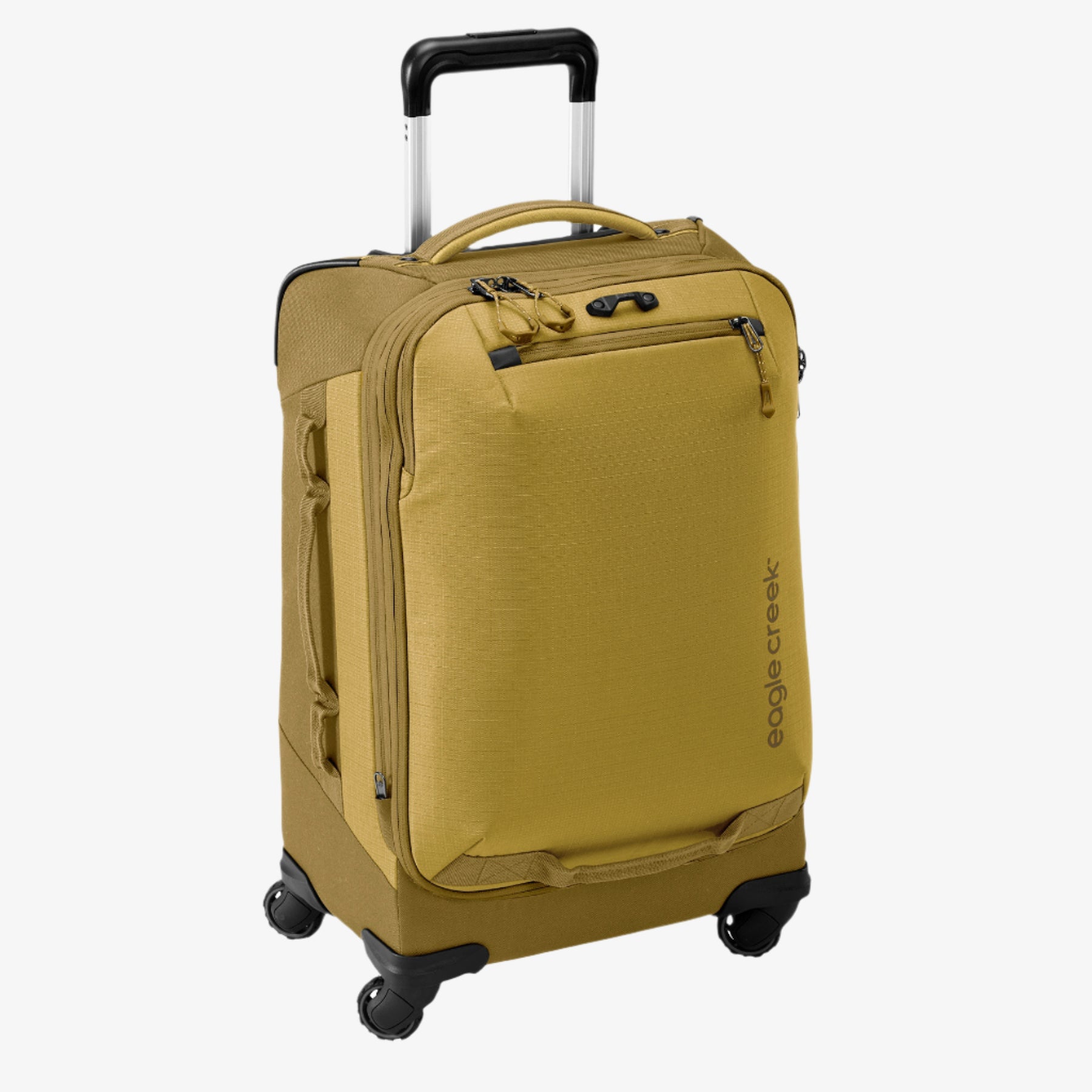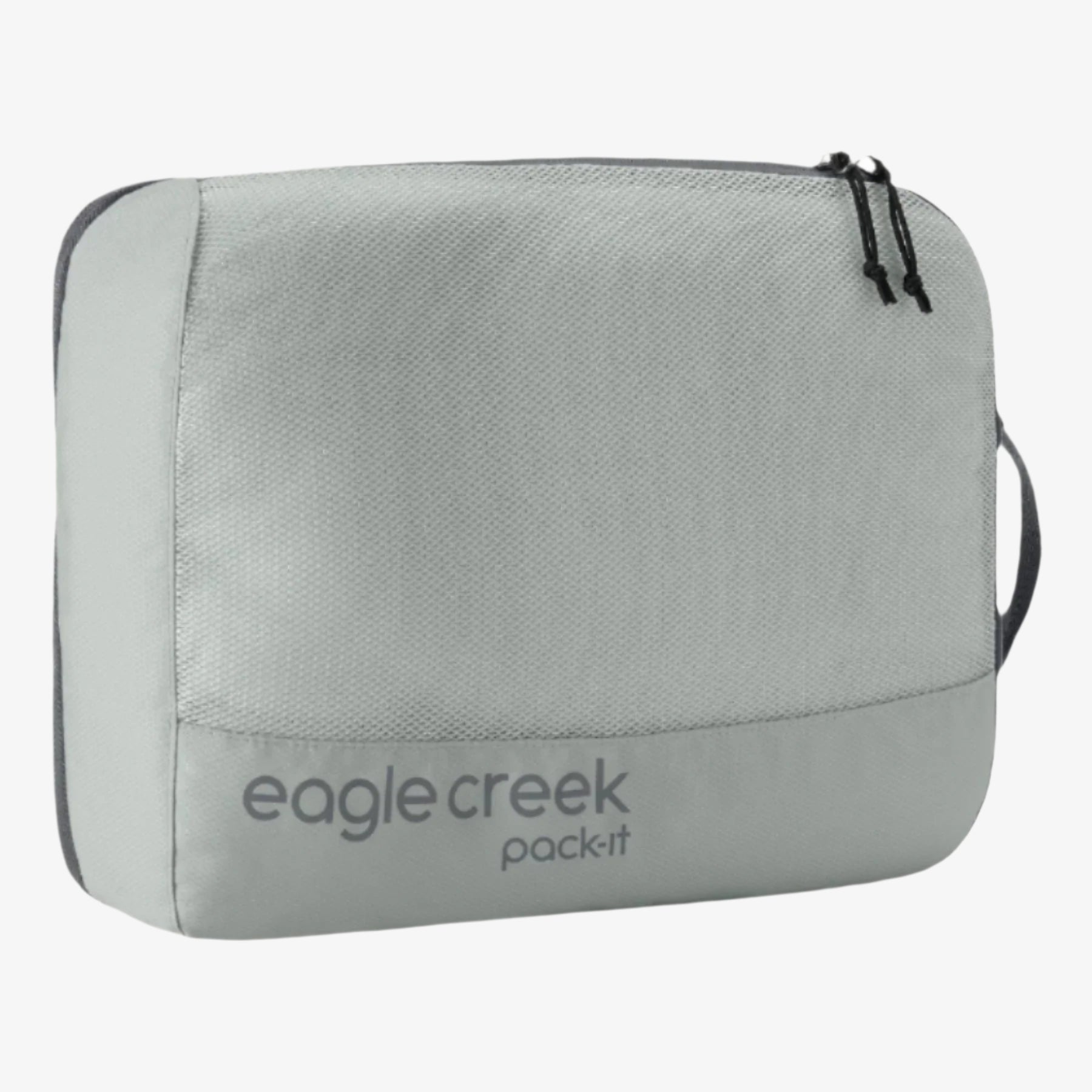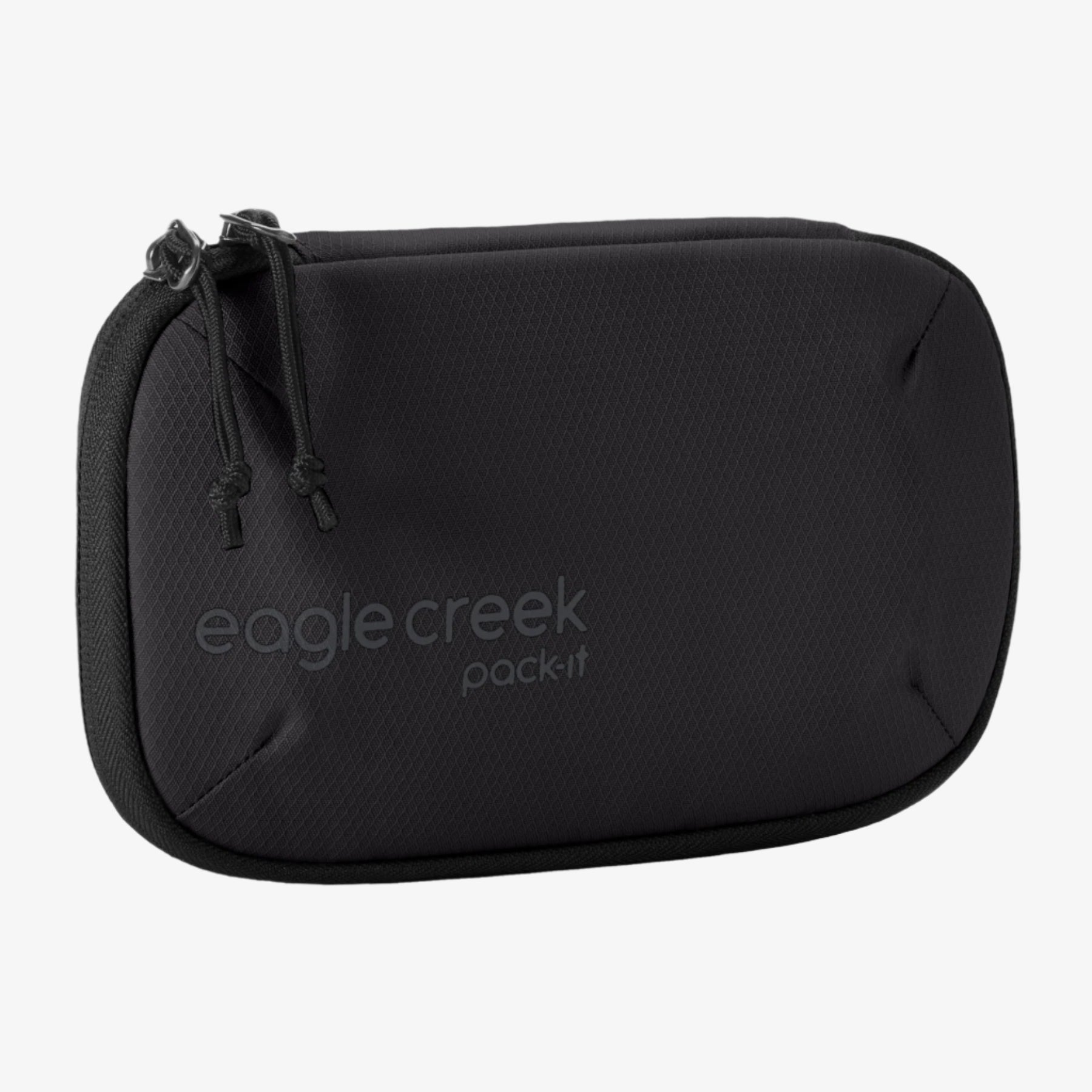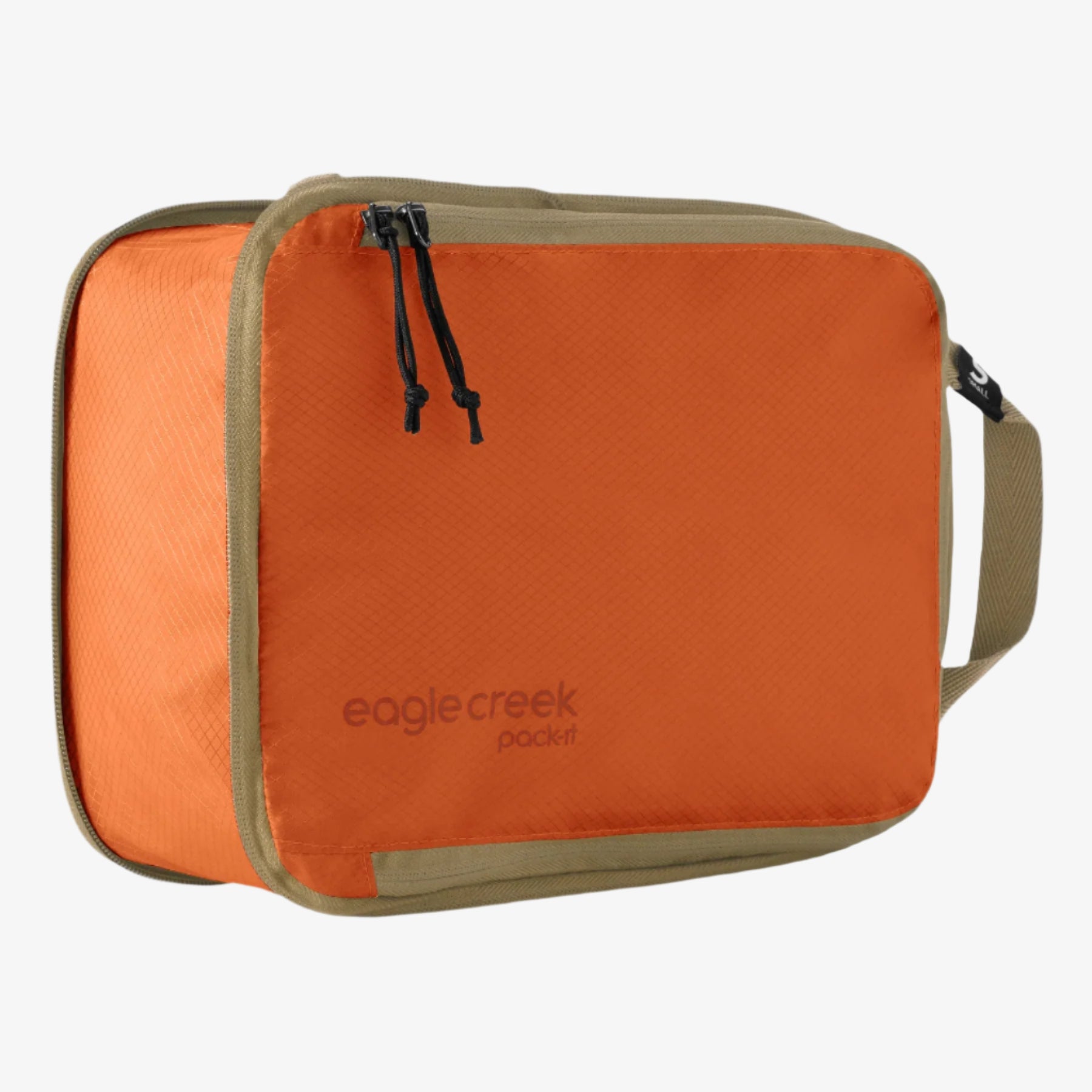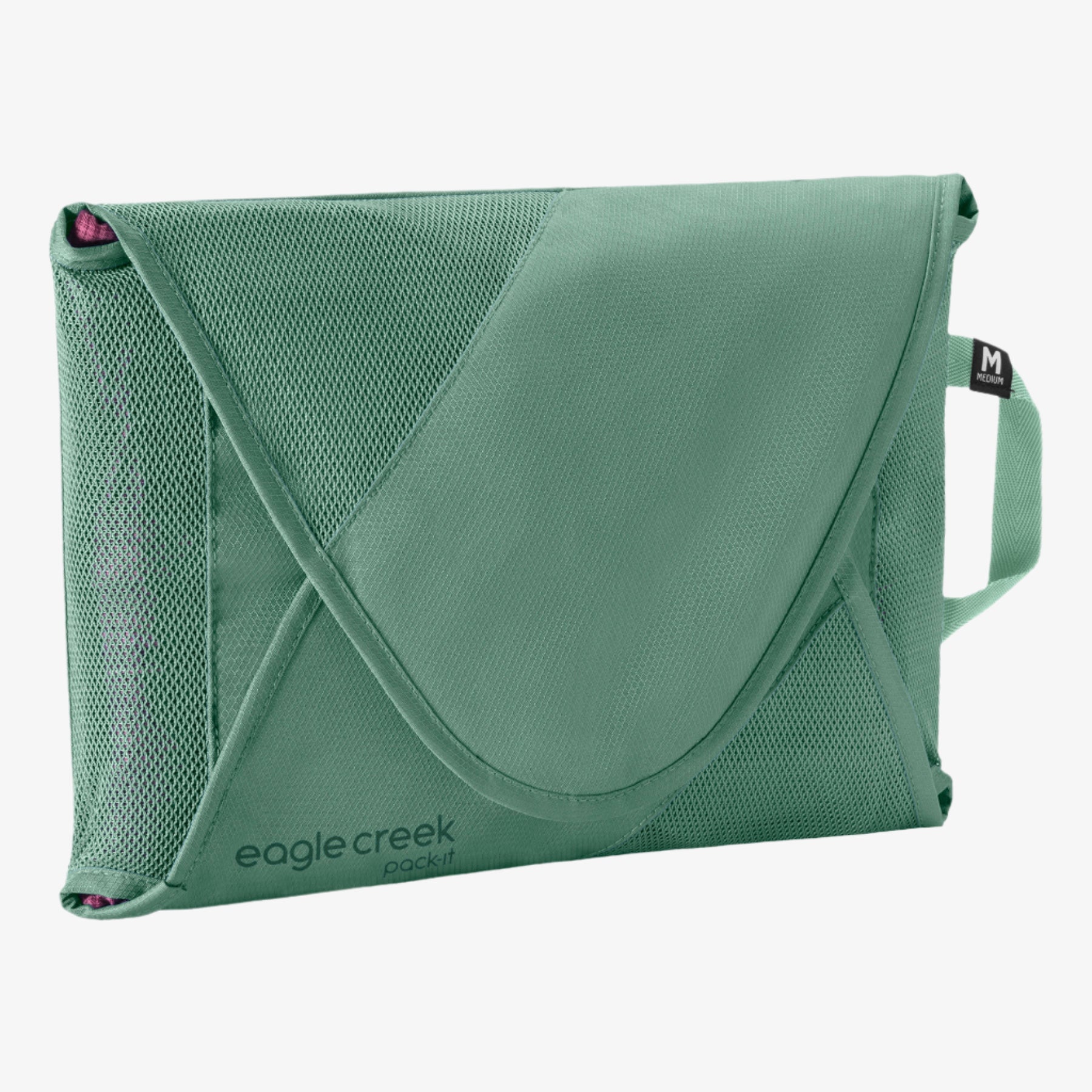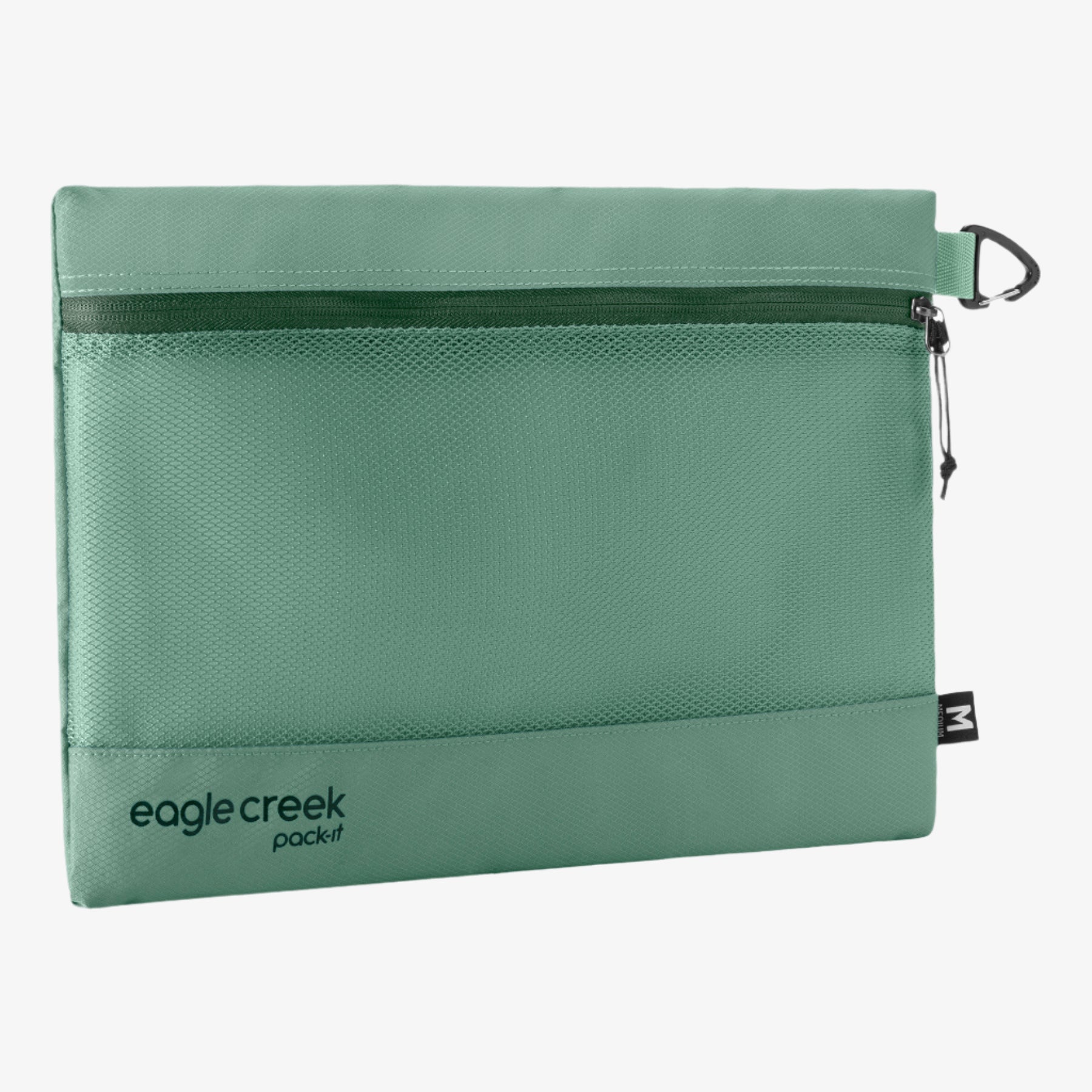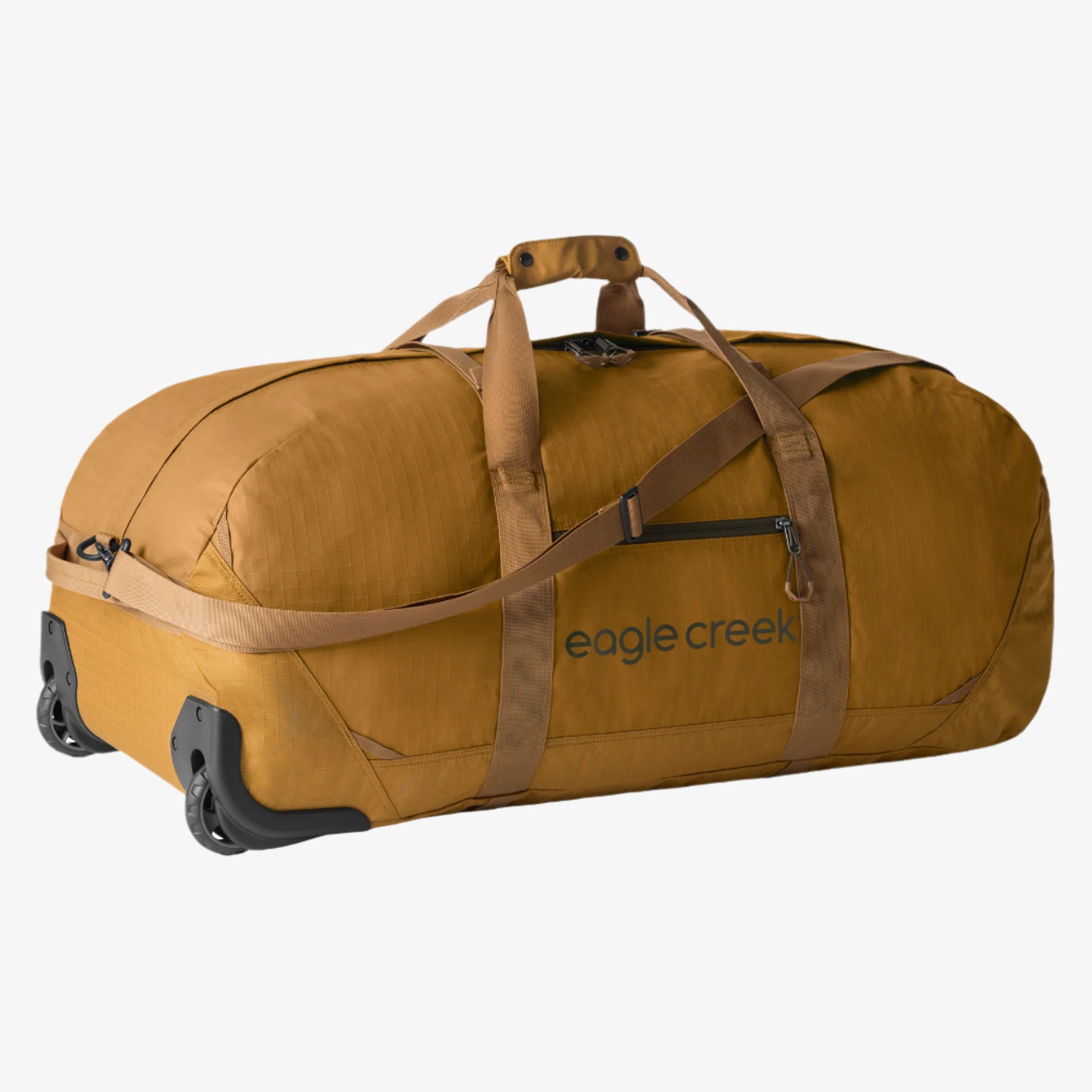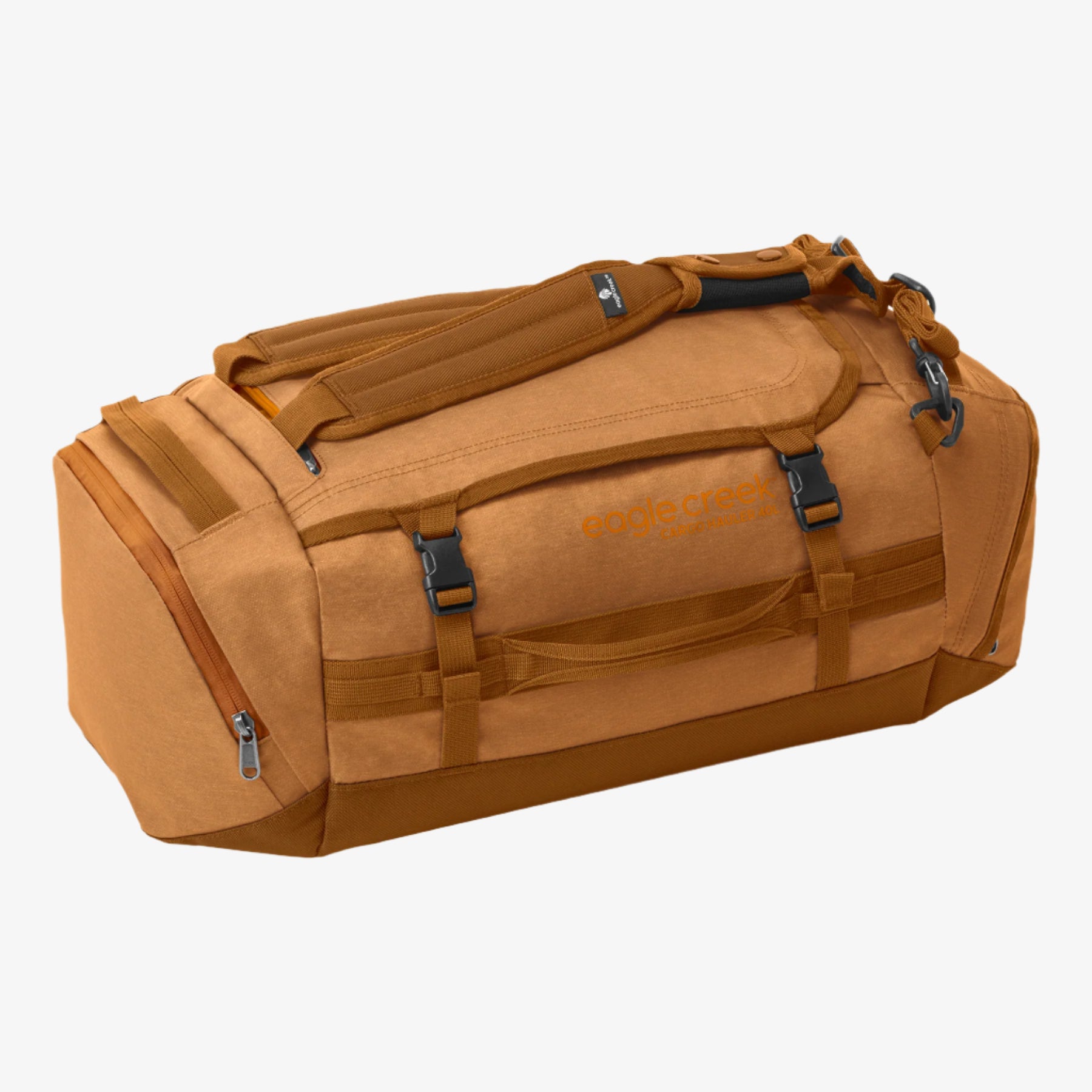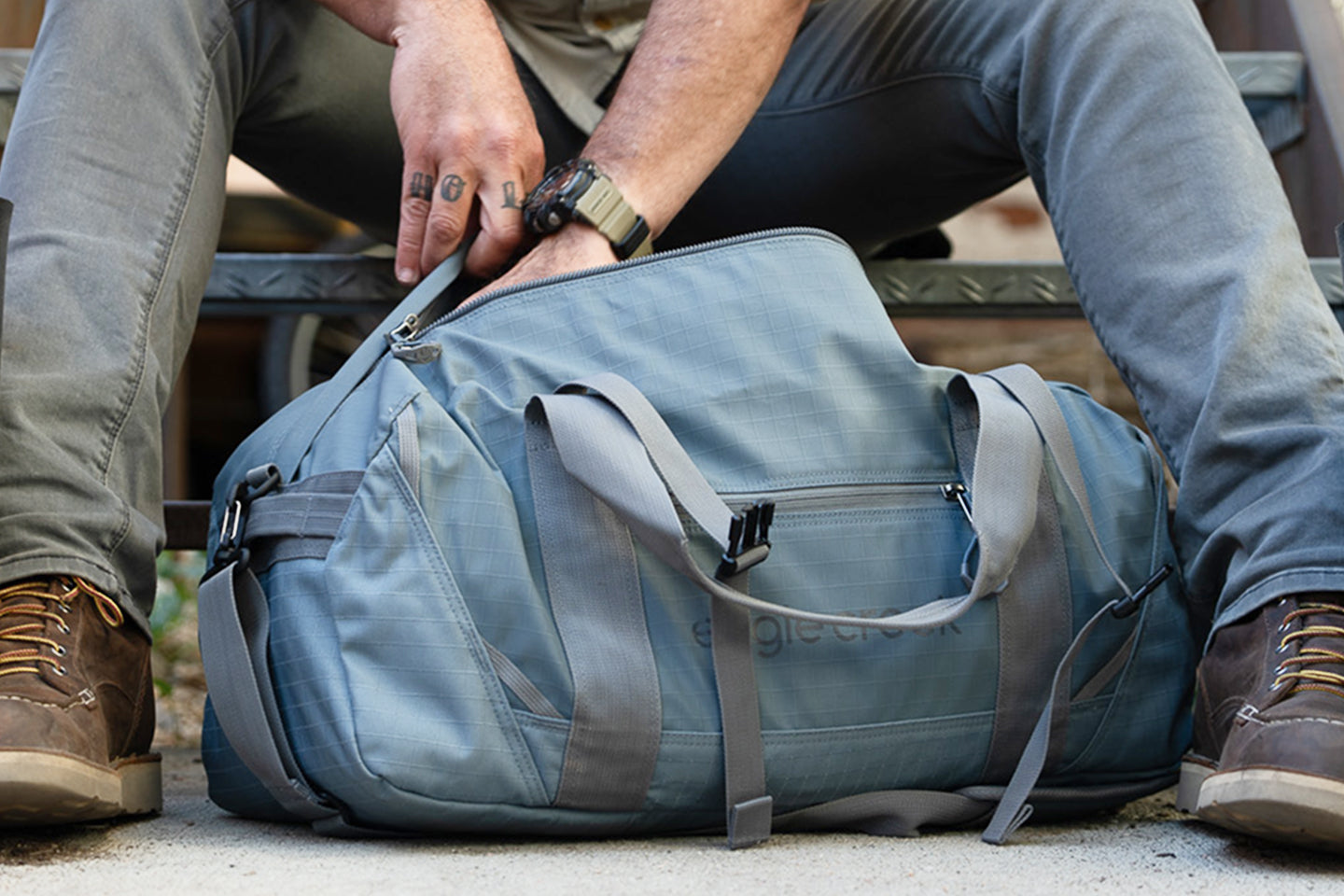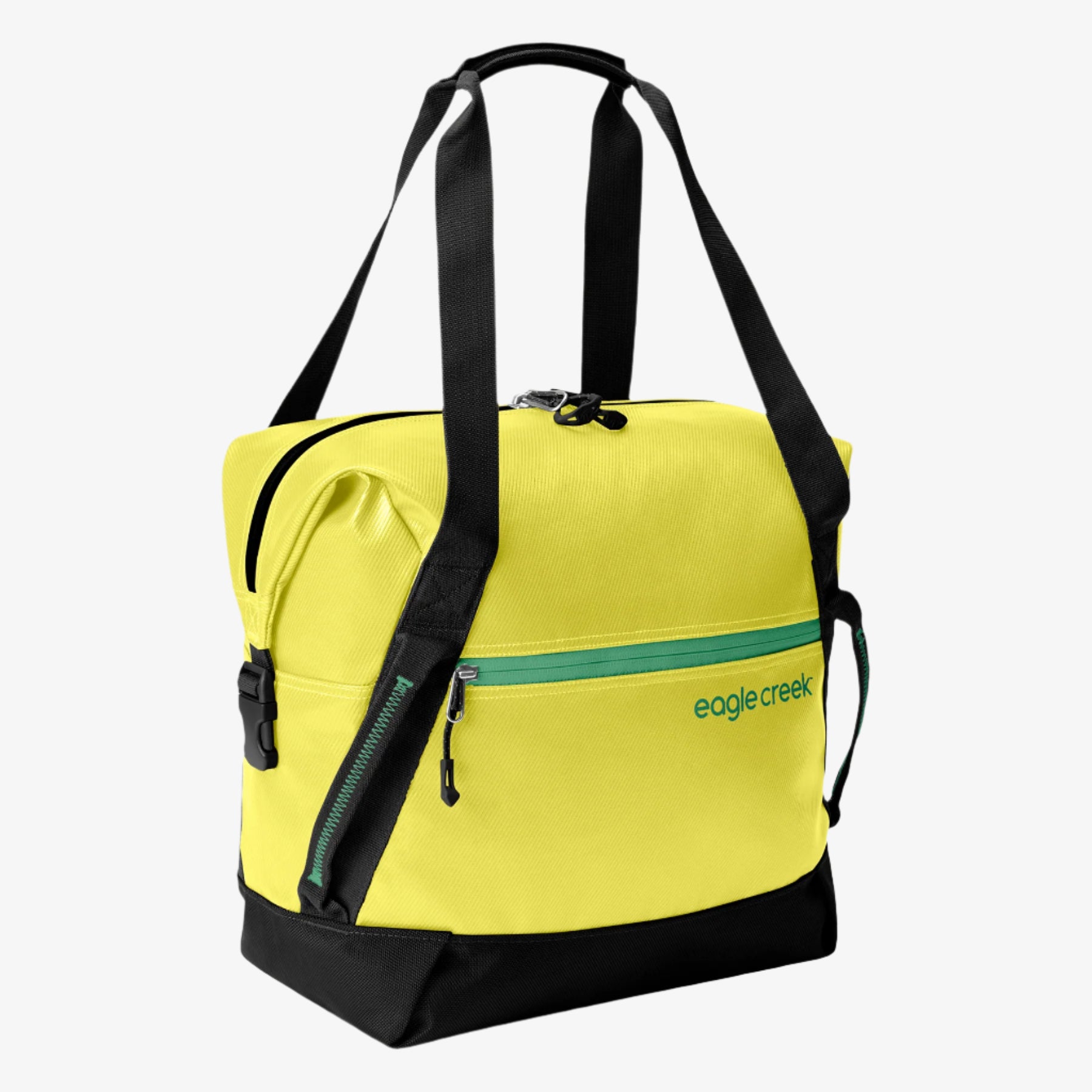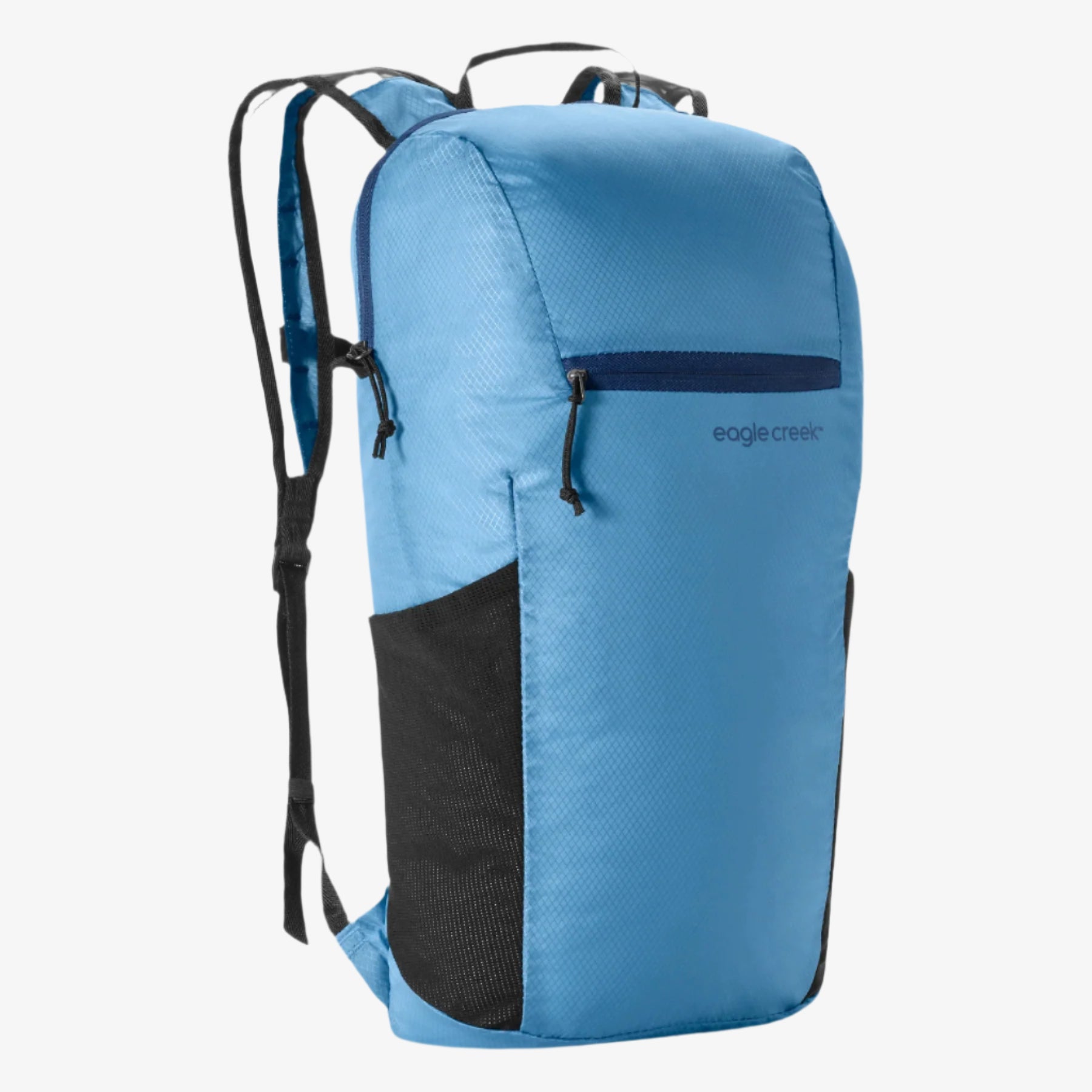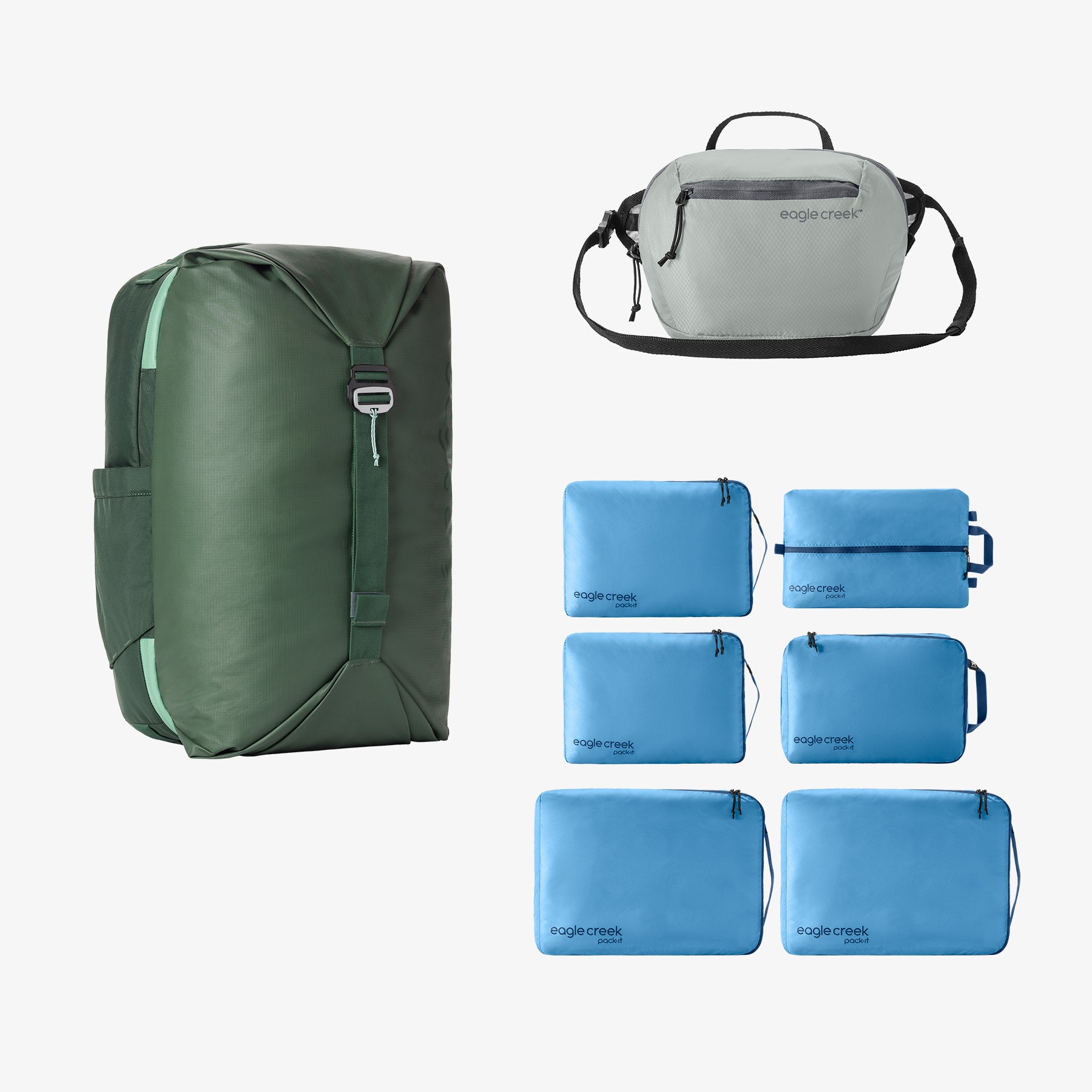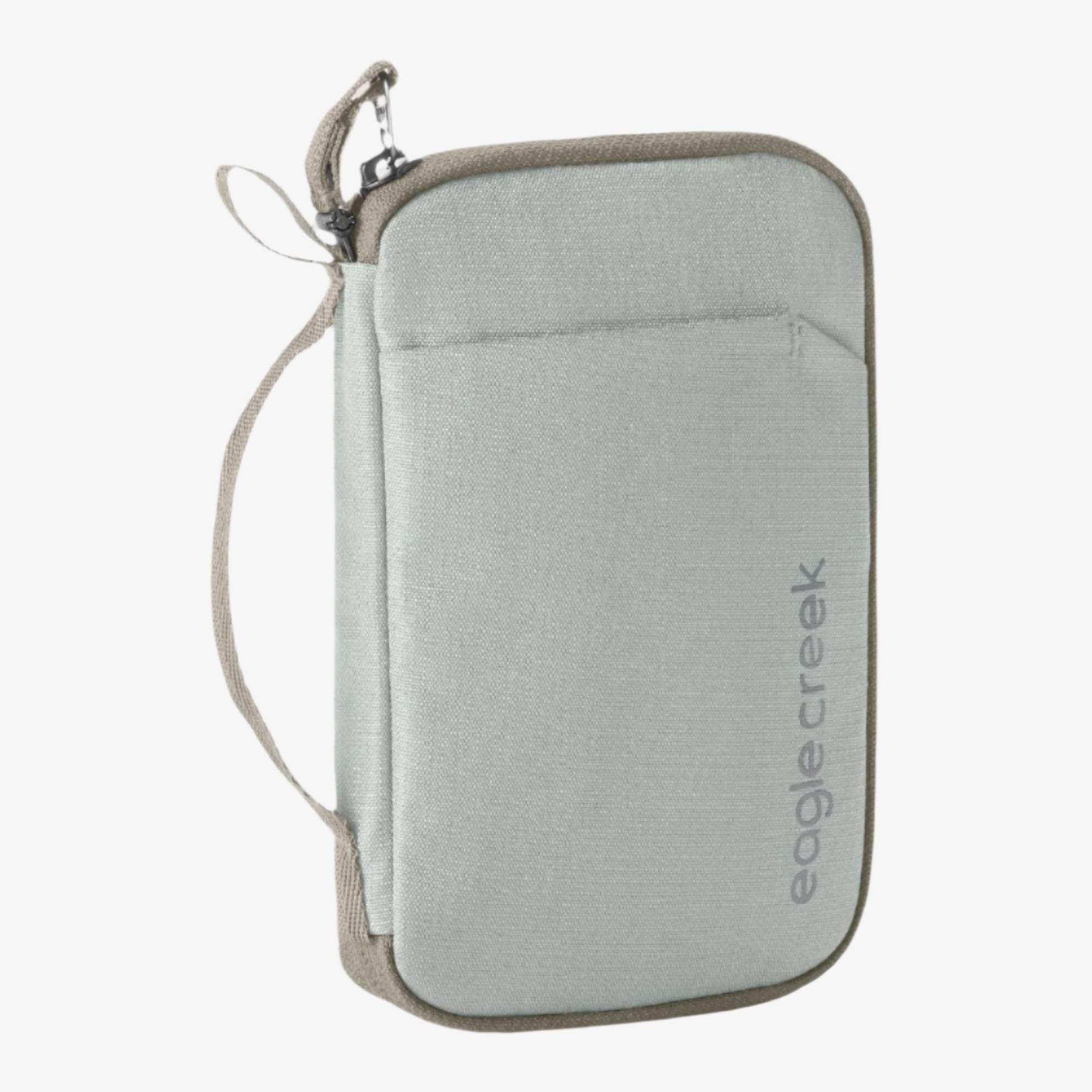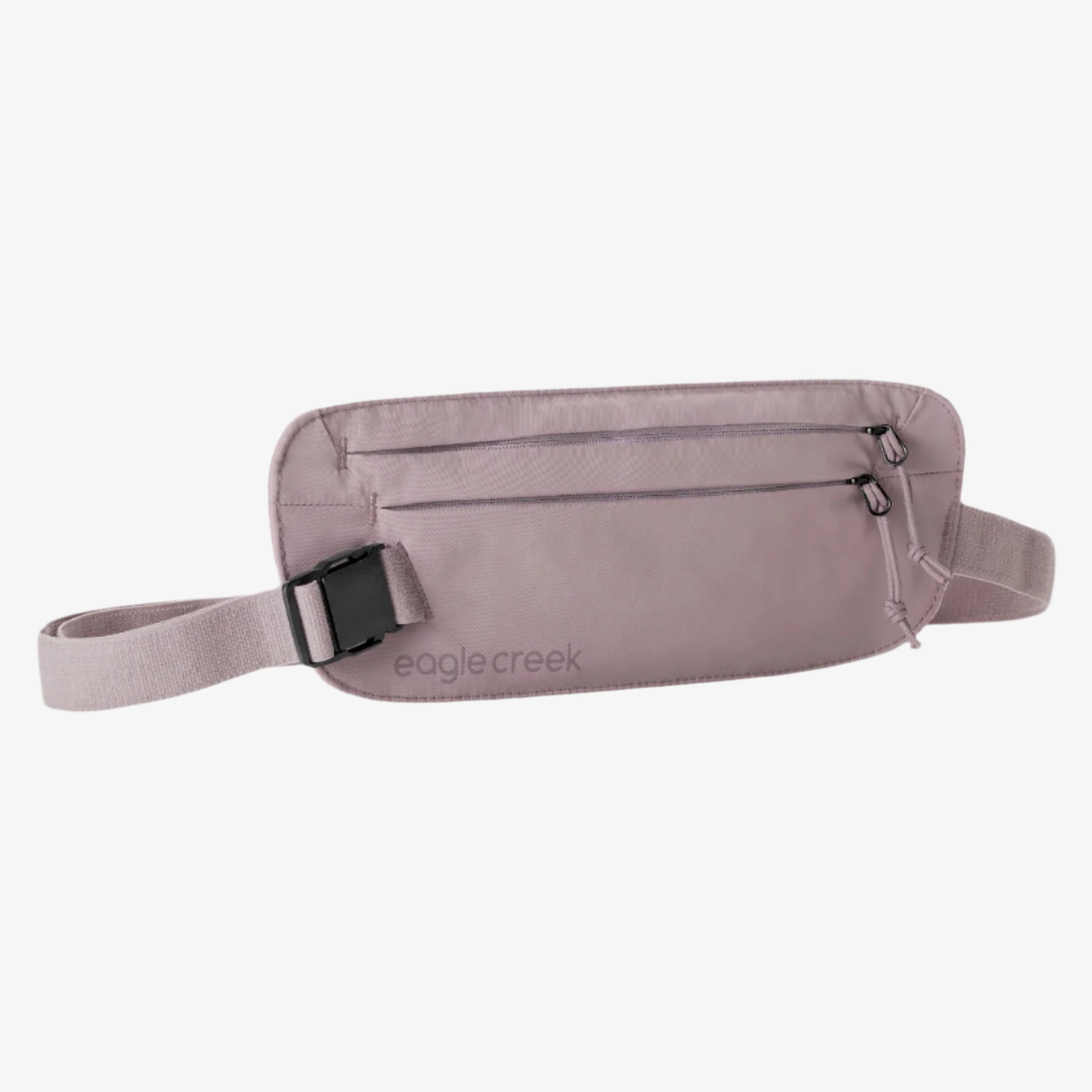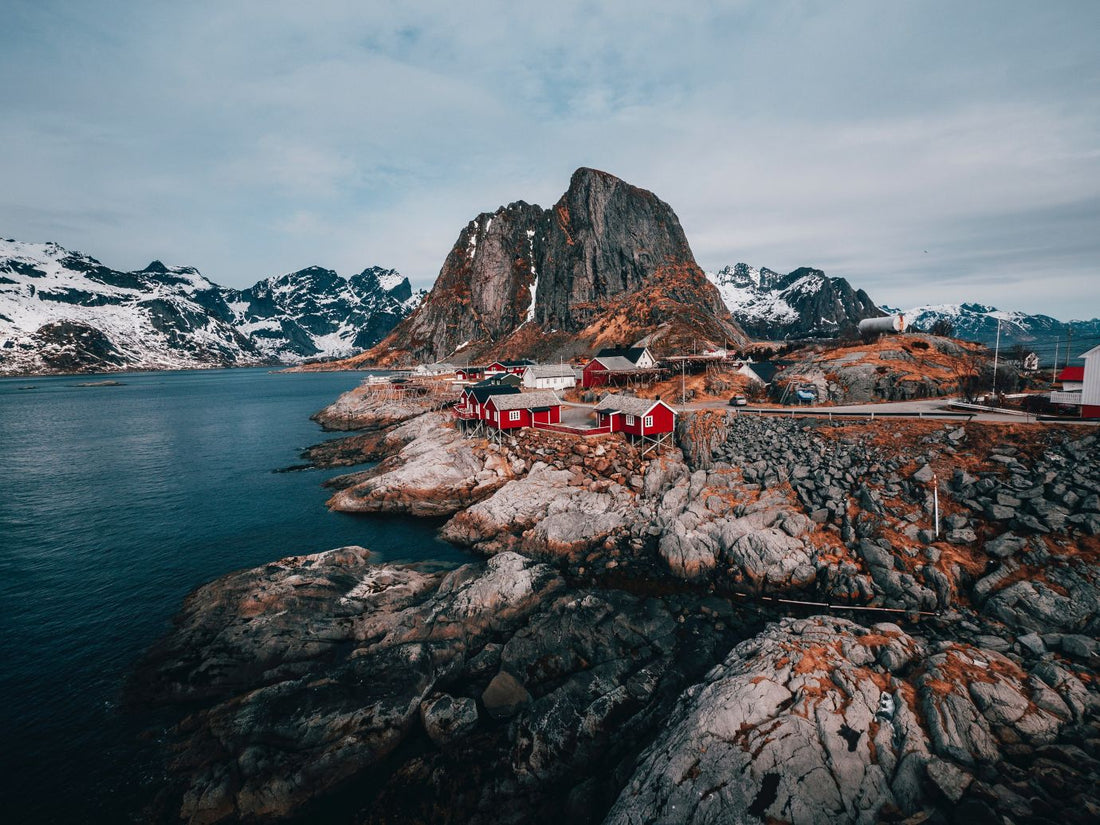
Discover the center of Norwegian cuisine in the country’s fourth largest city and it’s food capital. From the mountainous region bordering Sweden to the coastal islands that produce much of the country’s (and world’s) seafood, the region is experiencing a worldwide surge in popularity.
Until rather recently, Norway was not likely on many traveler’s radars for its cuisine. The majestic fjords, a vibrant Viking history, and perhaps the northern lights were all incentives to visit the country. That was until the Nordic diet started making waves for its healthy lifestyle, abundance of locally sourced foods, and of course the country’s abundance of seafood.
And while capital cities are often the food centers for most countries, the same cannot be said for Norway. Oslo may be the capital of Norway, but the “food capital” moniker belongs to the country’s fourth largest city, Trondheim—this is where the journey into traditional Norwegian food starts.
Before you channel your inner Viking, get organized, pack a bag, and then get ready to experience the culinary side of Norway.
Why Visit Trondheim for Traditional Norwegian Food?
Trondheim’s origins date back to the late 10th century and today, the modern coastal city still embraces its Nordic roots while also looking to the future. And while the country is a haven for travelers seeking a rich cultural, historical, and dining experience, no visit is complete without immersing oneself into the region around Trondheim.
To get a better sense of why this area is so significant in the Norwegian food scene, it’s important to branch out and discuss the historic town of Røros, the island of Hitra, and Trondheim itself.
Enjoy Fresh Seafood in Røros
Founded in 1644, Røros is one of the oldest towns comprised of wooden buildings in Europe. Originally established as a copper mining town, the town is now a living museum and holds the distinction of being a UNESCO World Heritage Site. Visitors can explore the unique site while also joining a local food safari that will offer a glimpse into the town’s history and a sampling of its rich traditional food scene.
Aside from its historic roots, Røros is known throughout the country for producing an abundance of locally sourced food. The climate of the region ensures that food grows slowly, thus giving it a very distinctive flavor.
To do the town justice, you need more than an afternoon in the town as you will likely have taken the train from Trondheim. Enjoy the comfortable boutique hotel, Erzscheidergården, which has roots back to the 17th century. The hotel sits in the shadow of Røros Church, which will also be a focal point as you walk around the town. After working up an appetite strolling the streets of this more than three century’s old town, make plans to dine at Vertshuset Røros. The menu is dependent on the season and will always include the finest local and seasonal ingredients. Make sure to inquire about their award winning cheeses.
Sample Red Deer in Hitra
Depending on your schedule, you can take the train or the bus back to Trondheim. Once there, make your way over the ferry that leaves for the island if Hitra. And while it’s possible to reach the island by car, Norway is a country that is arguably best experienced by boat.
Located off the coast of Norway, Hitra sits in a position where a warm ocean current meets a cold current flowing down from the Arctic. This produces an ideal environment for producing world class seafood, including crabs, scallops, and salmon. The island is also renowned for its red deer population that is considered a delicacy in Norway. There is no better place to experience this veritable cornucopia of seafood than at Ansnes Brygger. Located on the water, the complex boasts being one of the largest seafood restaurants in Norway. The restaurant is complemented by the accommodations that have some of the rooms sitting out over the water’s edge. If your appetite allows, order the seafood box. You won’t leave that table hungry. And to wash it all down, there’s a brewery on site that produces its own array of beers.
Dive into Trondheim’s Traditional Norwegian Food
Trondheim has a rich history and the Nidaros Cathedral sits at the center of this city’s legacy. The large, gothic structure is the world’s most northerly medieval cathedral. It also frames the skyline of the historic part of the city. While this is Norway’s fourth largest city, it has an intimate appeal and can be easily navigated on foot.
And while the entire city is a culinary experience, the flagship is arguably the recently renovated Britannia Hotel. Harkening back to 1870, the hotel underwent a three-year, $150-million dollar renovation that has returned this icon to its former glory. Under one roof, visitors and guests can choose between six uniquely designed restaurants and bars that serve an array of options ranging from fine dining to traditional dishes to informal fare. And while one has the option to never leave the hotel during their stay as the experience is truly one that awakens all of the senses, we still recommend grabbing your daypack and getting out and walking in the same footsteps that Vikings once did in this magnificent city.
Regardless of whether you’re traveling to a tourist hotspot or an off-the-grid destination , leave a concise itinerary with a friend or family member.
Related Links (from the Eagle Creek Blog):
How To Pack For Norway: The 5 Step Solution
